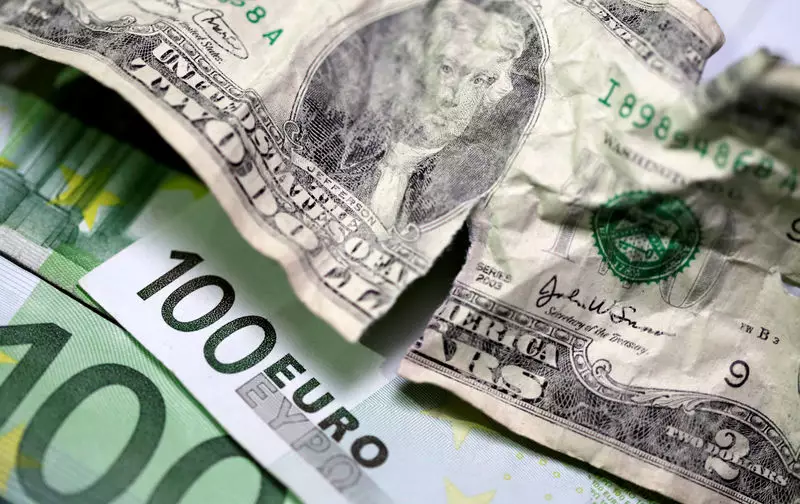In recent developments, the US dollar has shown remarkable strength, climbing to unprecedented levels amidst fluctuating global economic conditions. As of Friday morning, the Dollar Index—a gauge that monitors the performance of the greenback against six major foreign currencies—has seen an increase of 0.6%, reaching a notable 107.614, marking its highest position since early October 2023. This surge can be attributed to a confluence of factors, including political developments and favorable economic data from the United States.
One significant driver of the dollar’s appreciation has been the aftermath of Donald Trump’s election victory. Market sentiment has shifted positively as investors speculate that his forthcoming policies might trigger inflationary pressures, which would constrain the Federal Reserve’s capacity to lower interest rates. Consequently, these speculations have instigated an upswing in dollar value. Coupled with this political backdrop is the recent revelation of solid employment data, suggesting a resilient job market as jobless claims exhibited an unexpected decline.
An important component of the dollar’s ascent has been the insights gleaned from statements made by Federal Reserve officials. Notably, New York Fed President John Williams conveyed a less hawkish tone than anticipated, suggesting that the current economic landscape requires further cooling in the labor market before considering any rate cuts. This assessment has been pivotal in shaping market expectations, as evidenced by the drop in projected probabilities for a 25-basis-point cut from 72.2% to 57.8% within a week, as tracked by CME’s FedWatch Tool.
Amid these dynamics, the dollar’s reputation as a safe haven asset has played a crucial role in bolstering its value. The ongoing conflict between Russia and Ukraine continues to manifest uncertainty in Europe, prompting investors to seek refuge in the security that the US dollar offers. As investors assess geopolitical risks more seriously, it appears that a broader migration toward haven assets is underway.
In stark contrast, the euro has experienced a significant downturn, trading at its lowest levels in two years against the dollar. As observed in the EUR/USD market, the euro declined by 0.8% to 1.0389, muddled by a dismal economic outlook for the eurozone. The economic turbulence has been attributed to recent data indicating a sharp contraction in business activity, with the purchasing managers’ index (PMI) for the eurozone plummeting to a 10-month low of 48.1, effectively signaling a downturn for the overall economy.
Analysts have been keen to highlight the importance of the PMI as a forward-looking indicator, noting a shift in focus among policymakers towards such metrics in guiding future economic strategies. The repercussions of a sluggish economy are particularly evident in Germany, the largest economy in the eurozone. Recent estimates revealed that its GDP growth was revised down from a preliminary 0.2% to a mere 0.1% in the third quarter of 2024, a clear indicator of the challenges faced in the region.
The challenges do not solely reside within the eurozone; the British pound has also faced its share of strife. GBP/USD fell by 0.4%, registering its weakest position against the dollar since May. The preliminary S&P Global Flash Composite PMI for the UK also took a turn for the worse, declining to 49.9 in November, suggesting a contraction for the first time in over a year. This decline underscores the fragility of the UK’s economic recovery, exacerbating the volatility within currency markets.
Simultaneously, the Japanese yen remains under pressure. USD/JPY saw a slight dip of 0.1% to 154.38, influenced by rising inflation in Japan that surpasses the central bank’s target. This inflationary trend has heightened expectations of potential rate hikes by the Bank of Japan, adding yet another layer of complexity to the current global economic landscape.
The trajectory of the US dollar’s strength relative to a beleaguered euro and fluctuating global currencies demonstrates the intricacies of current economic trends, heavily influenced by political events, economic data, and geopolitical tensions. Investors must navigate these dynamics prudently, as the landscape remains vulnerable to rapid changes in sentiment and policy.


Leave a Reply